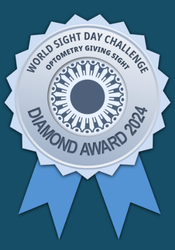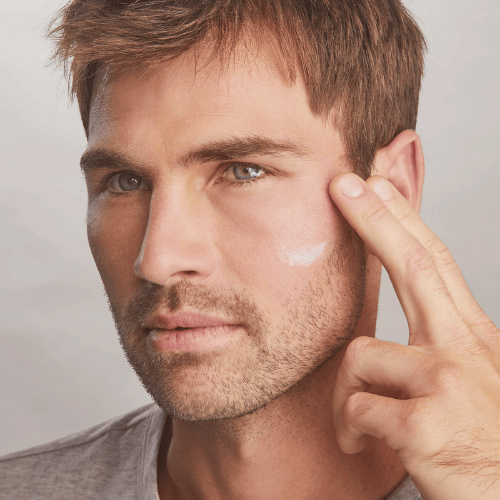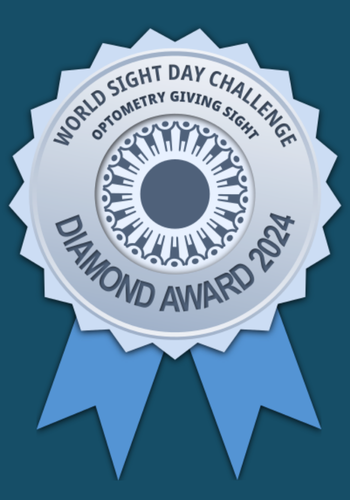AVOID THESE TOYS TO KEEP YOUR CHILD’S EYES SAFE

As holiday shopping hits its peak, the American Academy of Ophthalmology urges consumers to exercise caution when considering the purchase of toys that commonly cause eye injuries, such as those that shoot projectiles, contain laser devices and include other sharp or protruding parts. (PRNewsFoto/American Academy of Ophthalmology)[/caption]
A new toy under the Christmas tree is exciting for both the child and the gifting parent, but pay close attention to the risk of eye injury any toy may pose.
Statistics from the US show that there are about 250,000 toy-related eye injuries annually. Scaling down for our population in Canada, we can estimate about 25,000 visits to the emergency room for these types of injuries. About one-third of these injuries are suffered by children under the age of five.
Here are four categories of toys to avoid this Christmas to reduce the chance of eye injury (especially for very young children)
1. Toys that shoot things
Any type of projectile has the potential for causing injury to the eye. This includes guns that shoot soft darts or suction cups. Some of these can launch a dart over 75 feet. At point-blank range this can result in serious damage to an eye
2. Toys that involve long and pointy objects
Swords, fishing poles, light sabres and wands all fit into this category
3. Aerosol string
“Silly string” type products can cause abrasions of the cornea as well as chemical burns to the eye’s sensitive structures
4. Laser pointers
Toys that include laser pointers and bright LED flashlights should be avoided as gifts for children. Even those that are considered “safe for kids” may increase the chances of an accident, due to the temporary blindness caused when they are shone into the eyes.
Check out http://www.allaboutvision.com/toys-to-avoid for a link to a list of “worst toys for 2013”. Specific toys to avoid are listed there for your reference.
Don’t always trust the labels on kid’s toys, or the fact that they are on sale, to make the determination that a toy is safe for your child. Use common sense, and definitely consider the nature of the child you are buying for, as well as the age and maturity of the kids they will be playing with (they will likely be using the toy as well)!
-Dr. Tom Wilk
Source: www.allaboutvision/toys-to-avoid/












